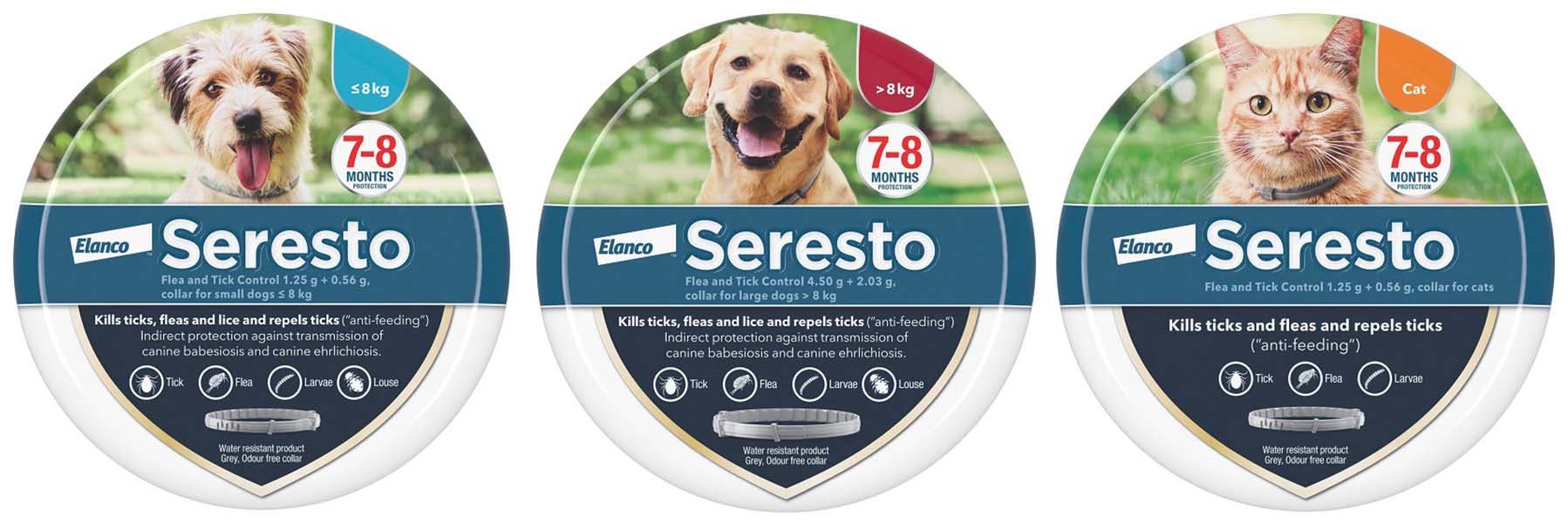Fleas in the home can be irritating for everyone living in the household, because although these little parasites prefer to bite your pet, at times you’ll do too.
Fleas are also notoriously difficult to evict once they've set up home. It’s a good idea to be aware of what you’re up against, so you know how to get rid of fleas in your house immediately before they get too comfortable on your cat or dog.
What are fleas?
Fleas are tiny, wingless insects that feed on an animal's (the host’s) blood. They’re often tricky to spot and can jump from animal to animal.
Flea bites can cause intense itchiness, this can lead to skin infections and hair loss in pets and some animals may even pick up diseases from fleas.
Fleas love warmth, which used to confine flea season to the summer months only. But modern central heating enables fleas to thrive all year round – even during the winter.
How do fleas get into the home?
Fleas in the environment can be easily carried into the home from the outside on an unsuspecting person or animal. Once there, if they have found a pet to feed on they’ll stay and reproduce.
Adult female fleas can lay up to 50 eggs a day on your pet. These will fall off onto carpets, pet bedding and soft furnishings, where they’ll go on to hatch into larvae. The larvae then develop into pupae and mature into adult fleas, which can re-infest your pet.
In fact, only around five per cent of fleas in an infestation are found on your pet – the other 95 per cent are scattered all around your home in immature stages.
Why is it important to act on fleas quickly?
Fleas are much more than an itchy nuisance, historically, fleas have been responsible for the transmission of the plague in people. Although this no longer exists in the UK, fleas are still carriers of other nasty diseases that can make you and your pet unwell, and can leave uncomfortable red itchy bites.
If a flea infestation goes undetected, your cat or dog is at risk of developing a tapeworm infection, which can occur when they ingest tapeworm-infected fleas while grooming. Brushing your pet regularly with a flea comb can help to reduce this risk.

How to get rid of fleas in your home
Once they’ve arrived in your home, fleas can be very difficult to remove due to the rate at which they reproduce and the extent to which they can spread throughout the house. But don’t worry, you don’t have to call in the pest controllers to get rid of fleas, you can effectively clear the critters yourself.
Dealing with a flea problem involves a two-pronged approach; you need to treat your pet and your home.
Don't let fleas take over your home. Follow these top tips for removing fleas and to help avoid a nasty infestation.
Treating your pet for fleas
Use a regular flea control treatment
By far, the best way to help avoid a flea infestation is to keep your pet protected against fleas with a regular flea prevention protocol. There are a range of treatment options available that help to protect your pet against fleas, and keeping up with regular treatment is a lot less hassle than trying to evict fleas from your home!
Even if you’ve only seen fleas on one pet, it stands to reason that your other pets will be bitten too. It’s important that you maintain a regular long-term treatment schedule for each pet.
Seresto Flea and Tick Control Collar treats and prevents flea infestations and repels and kills ticks for up to eight months. Just put it on your cat or dog like a normal collar and they’re protected for up to eight months, so you don’t have to worry about monthly treatment.

Wash your pet's bedding and toys
Always wash your pet’s bedding on a hot wash, ideally at 50 degrees Celsius or above. This high temperature will kill the fleas and their eggs, which may be hiding there.
Take care when drying out bedding to help prevent re-infestation. Try drying it using heat, such as in a tumble dryer, rather than air-drying.
Don’t forget about your dog or cat’s soft toys. Even these items can harbour flea eggs and larvae so, if they can't be washed, they may have to be thrown away.
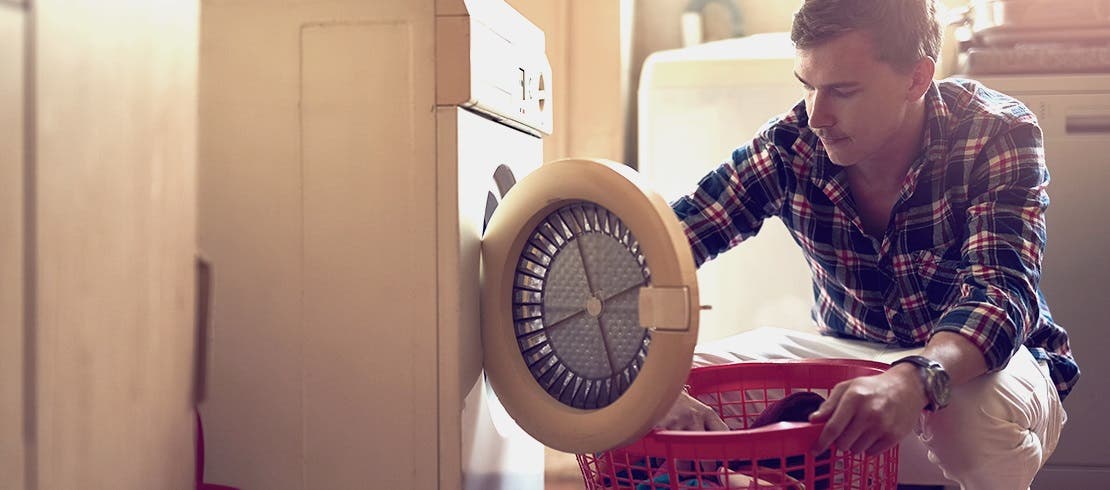
Treating your home for fleas
- Evacuate the house - Before getting started, clear your house of pets and children to prevent fleas being carried around the house while you clean. This would run the risk of a re-infestation and ruin all your hard work.
- Vacuum thoroughly - Vacuum all floors, carpets, rugs and sofas regularly and thoroughly. Remember to empty your machine after each use to stop eggs hatching inside.
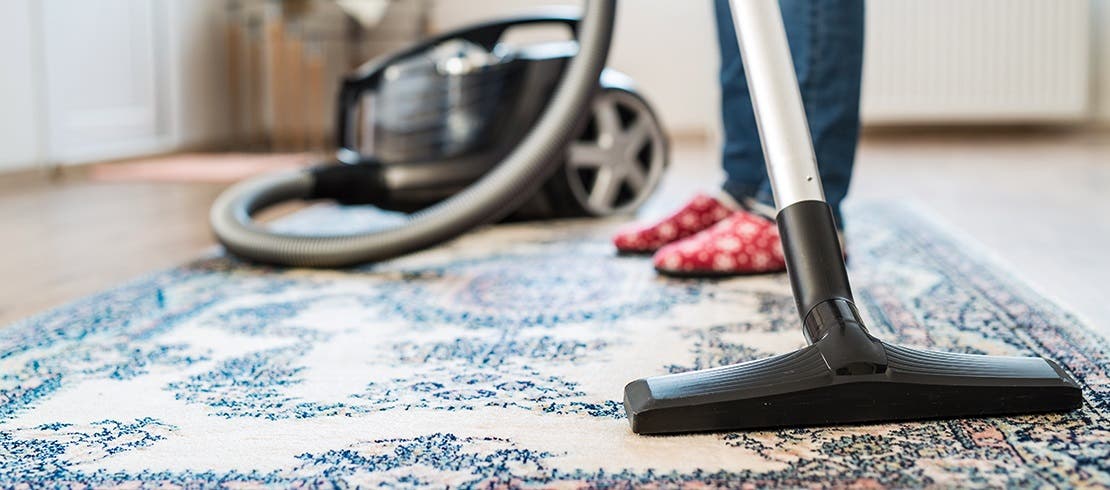
- Spray your home - Use a veterinary approved household flea spray throughout your home. Ensure you carefully follow the instructions and treat every room thoroughly. Don’t just focus on the areas your pet spends time in because we can transfer fleas all over the home on our shoes and clothing. Sprays are also really effective for hard to reach areas, such as under furniture.
- Treat all soft furnishings - As well as your pet’s bedding, you will also need to wash all your own bedding in the house on a hot wash. Cushions, curtains and sofas will also need to be treated. This can be done either with a household flea spray or by washing on a hot wash.
- Don’t forget about your car - Your dog no doubt spends a lot of time in your car, which makes them a flea hotspot that owners often forget about. Vacuum any fabric inside your car, and make sure your pet always sits on a blanket, which can be easily changed and washed regularly.
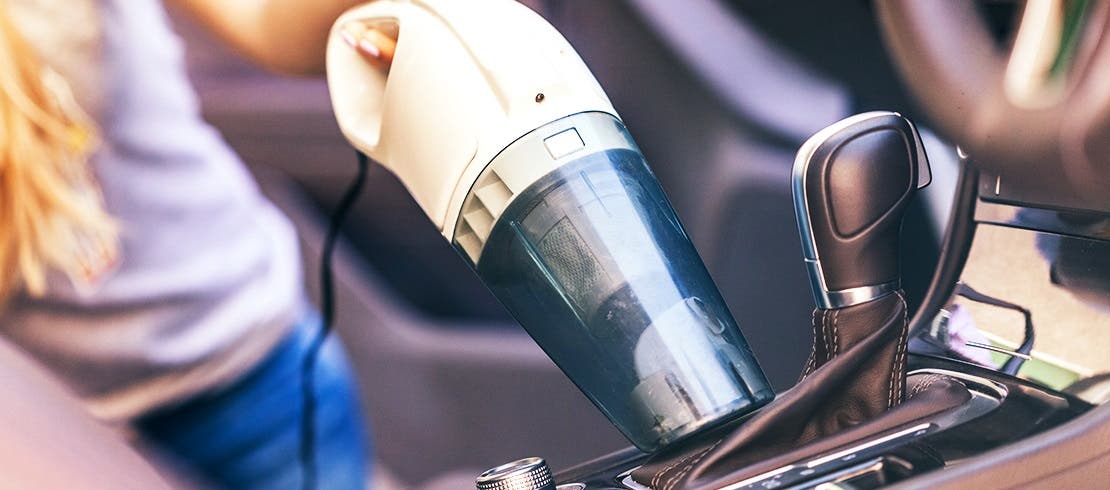
- Target your airing cupboard - Pay close attention to any particularly warm areas of the house where fleas will be nice and cosy, such as the airing cupboard. Clean any laundry stored here on a hot wash and spray the area with a household flea treatment.
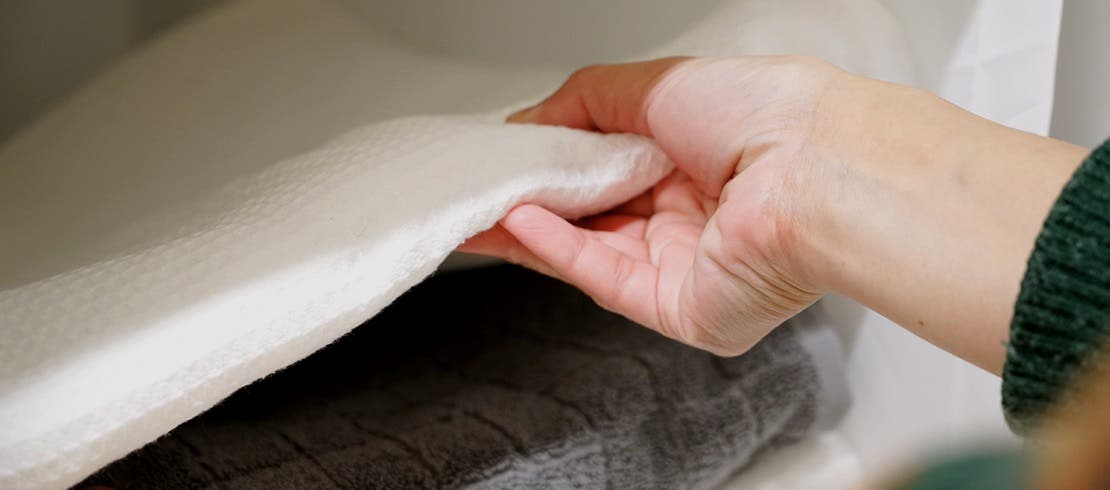
Did you know…?
In 2017 a police officer in the West Midlands was awarded £12,000 in damages after he was bitten by fleas at work.1
Find out which flea prevention and treatment products are available.
References:
Use Medicines Responsibly.
Seresto Flea and Tick Control collar contains imidacloprid and flumethrin [NFA-VPS]. Further information is available from the datasheet at www.noahcompendium.co.uk or on request. The Bayer cross is a Registered trademark of Bayer AG. Seresto, Elanco and the diagonal bar logo are trademarks of Elanco or its affiliates. Elanco UK AH Ltd., Form 2, Bartley Wood Business Park, Bartley Way, Hook, RG27 9XA. Tel. 01256 353131.

